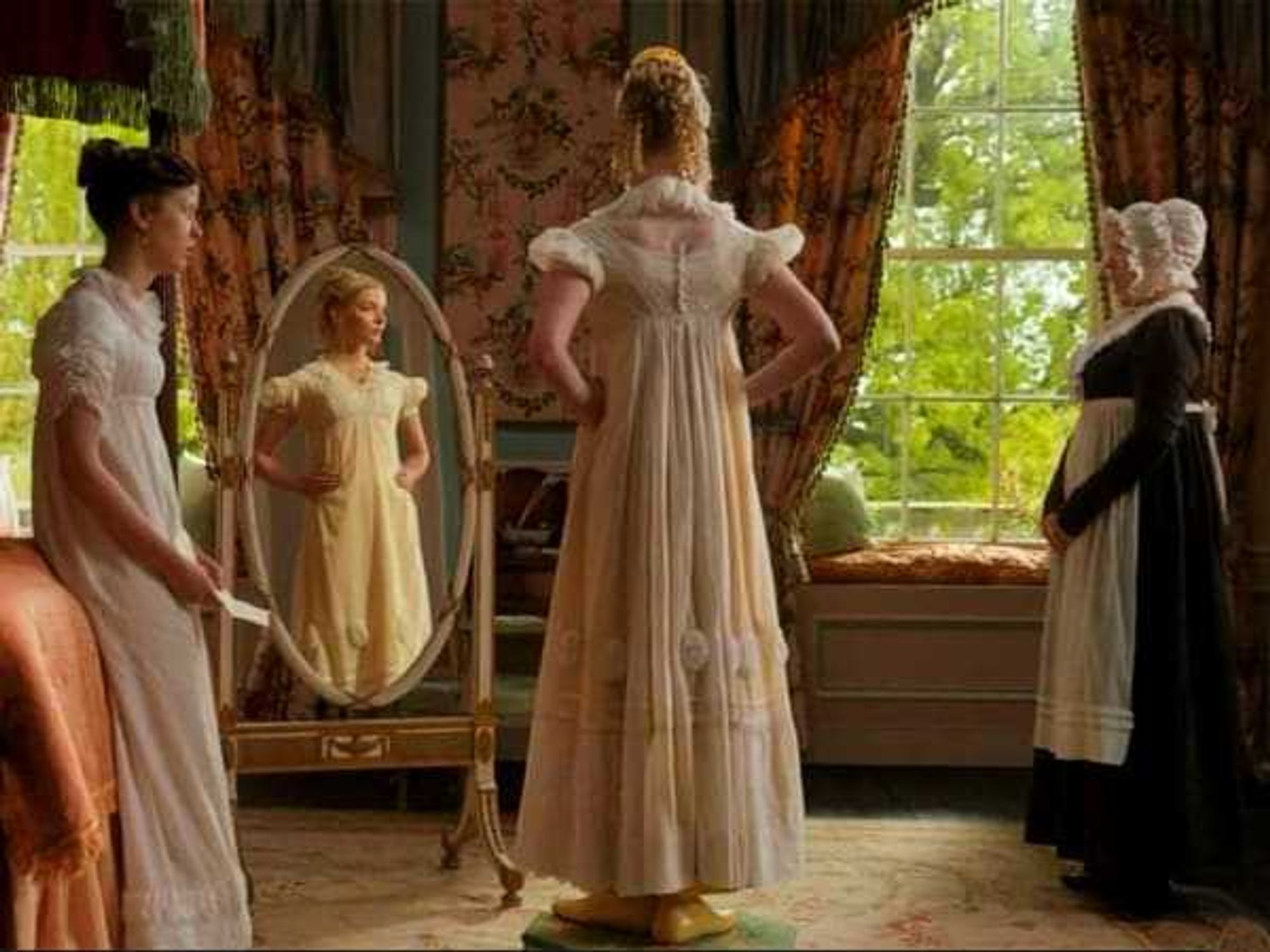We're in the Monet
Monet's beloved water lilies come to Fort Worth in new blockbuster exhibition

The first exhibition in two decades dedicated to the final phase of Claude Monet’s career will come to Fort Worth's Kimbell Art Museum next year — and it includes more than 20 of his beloved water lily paintings.
"Monet: The Late Years" will include about 60 paintings, some among the most recognized in the world. As a whole, the exhibit "will trace the evolution of Monet’s practice from 1913, when he embarked on a reinvention of his painting style that led to increasingly bold and abstract works, up to his death in 1926," according to a release from the Kimbell.
It will be on view June 16 through September 25, 2019, in Fort Worth after a stop at the Fine Arts Museums of San Francisco's de Young museum, February 16 through May 27, 2019. The two museums worked together to assemble the exhibition from their own collections, as well as from major public and private collections in Europe, Asia, and the United States. Special support was provided by the Musée Marmottan Monet in Paris.
"Monet: The Late Years" is a sequel to "Monet: The Early Years," which focused on the artist’s youthful, pre-Impressionist years and attracted crowds to the Kimbell in 2017.
“Building on the strong history of partnership between our institutions, 'Monet: The Late Years' was inspired by seminal paintings by Monet in the collections of the Fine Arts Museums of San Francisco and the Kimbell Art Museum,” Eric M. Lee, director of the Kimbell, and Melissa Buron, director of the art division at the Fine Arts Museums of San Francisco, say in the release. “Together, we are delighted to reveal a newly considered Monet in this thrilling exploration of his last works.”
In addition to the water lilies, the exhibit will showcase many unfamiliar works from the artist’s final years, several of which will be seen for the first time in the United States. They include majestic panoramas, which will be displayed alongside late easel paintings to demonstrate Monet’s continued vitality and variety as a painter, the museums say.
"This exhibition will redefine Monet — widely known as the greatest landscape painter of the Impressionists — as one of the most original artists of the modern age," the organizers say.
A closer look
Claude Monet (1840-1926) is considered the founder of French Impressionist painting and one of the most famous artists in history. "Monet: The Late Years" focuses on the late period in life, when the artist stayed close to home to paint in his garden at Giverny. In his later years, his life was marked by hardships — personal loss, the threat of surrounding war, and most especially his deteriorating eyesight, which changed the scale and intensity of his paintings.
“The last dozen years of Monet’s life were a challenging time for the painter, who contended with personal loss and the afflictions of old age in his 70s and 80s,” exhibition curator George T. M. Shackelford, deputy director of the Kimbell Art Museum, says. “But they were also among the most triumphant of his long career — because in his mid-70s, Monet decided to reinvent himself, mining his past, yet creating works that looked like nothing he had ever done before.”
The exhibition opens with a prologue concentrating on scenery from Monet’s outdoor studio at Giverny. Paintings from the late 1890s and early 1900s include depictions of the Japanese footbridge, the newly created lily pond, and the artist’s house as seen from the rose garden — all sources of inspiration that he would revisit in his late career, the organizers say.
The exhibition then presents works from 1914-1919, after a hiatus in work prompted by the loss of his second wife, Alice, and his eldest son, Jean. This section includes a number of dynamic water lily paintings juxtaposed with large-scale floral studies of scenery from his famous garden. Groups of paintings from his late garden series — several on view in the United States for the first time — conclude the exhibition.
The display showcases a staggering seven studies of the Japanese bridge at Giverny, as well as six compelling portrayals of a tree with a twisting trunk and craggy outreaching branches. Among these is Weeping Willow, a masterwork from the Kimbell’s collection, painted in 1918-19 as a response to the tragedies of World War I.
While admission to the Kimbell's permanent collection is free, tickets to the special exhibition will be $18 for adults, $16 for seniors and students, and $14 for children 12 and under. For more information, visit the Kimbell's website.
